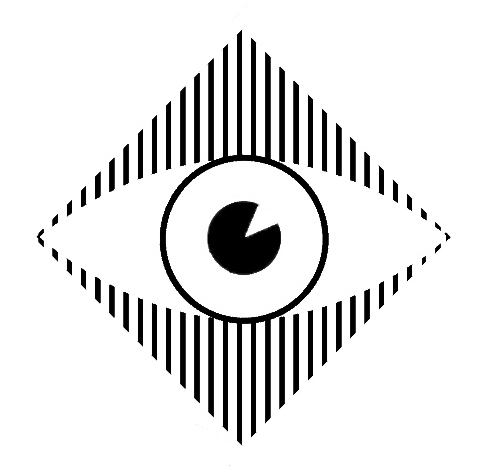About us

Who are we?
A family heritage for 4 generations
Our Family originally came from Lauscha in Germany, a traditional glass blowing village where in 1835 Ludwig Müller-Uri developed a technique for manufacturing glass eyes. This skill has been passed down from generation to generation. Even today, the specialised glass we work with is produced there.
It is our promise to you and our family tradition to offer you the best possible service, the finest work and a warm welcome. In order to refine our knowledge, we regularly attend ophtalmological conferences in French-speaking Switzerland (at the Jules Gonin Ophtalmic Hospital in Lausanne and the Geneva University Hospital).
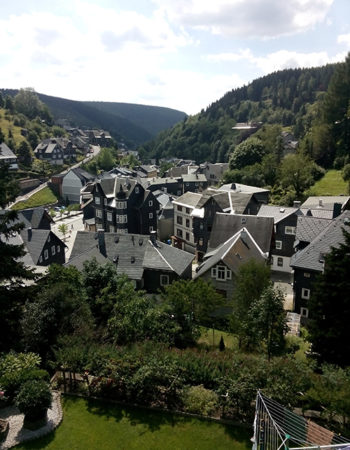
The village of Lauscha in Germany
Our ocular prostheses are made with constantly developing skills and knowledge passed down from one generation to the next since 1835.

Ernst Greiner
A native of Lauscha (Thüringen, D) the glassblowers village, Ernst Greiner settles in Geneva in 1896 to make ocular prostheses.
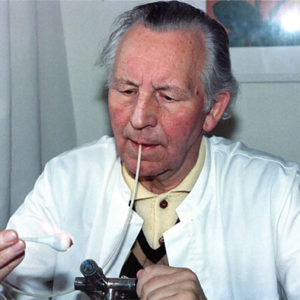
Werner Buckel (1917-2016)
Born in Lauscha, Werner Buckel joins his uncle Ernst Greiner in Geneva and becomes his successor in 1953.

Matthias Buckel (*1955)
Trained by his father, Matthias Buckel ran the workshop from 1985 to 2022.
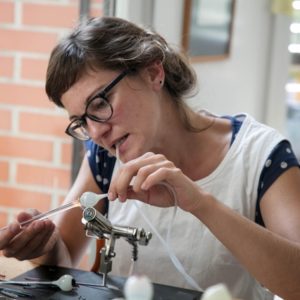
Milena Buckel (*1983)
In 2022, after 7 years’ training, Milena Buckel set up her practice in Sion, and continues to travel to Lausanne, Fribourg and Neuchâtel.
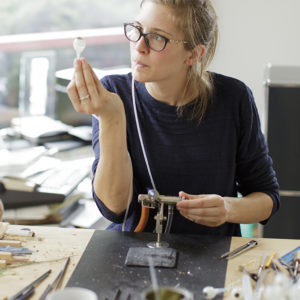
Marina Buckel (*1986)
In 2022, after 7 years’ training, Marina Buckel takes over the family practice in Geneva.
Historical background
Ocular glass prostheses through time
Ever since the dawn of time have we tried to replace missing eyes, be it for aesthetic or medical reasons.
- In ancient Egypt, gems or painted glass eyes were used. Those “ocular jewels” were mainly used for the funerary art of mummification.
- The first functional prosthesis appear at the time of the surgeon anatomist Ambroise Paré (1510-1590): who in 1561, and without claiming to being the inventor, recommends the use of half-shells made of gold or silver, adorned with a coloured enamel iris. However, those prosthesis are expensive, heavy and very uncomfortable to wear.
- It is not possible to date the appearance of the glass eye prostheses with precision, but it is probably a Venetian invention dating from the early 17th century. Shakespeare mentions them in “King Lear” (1606) in these verses said by Lear to the Earl of Gloucester:
Get thee glass eyes, / And like a seeming politician seem / To see the things thou dost not (4.6.166-68)
- In 18th century France, “single-shell” half-spheres were shaped to fit the orbital cavity. Their thickness being invariable, they were not always aesthetically adapted. The technique has evolved this type of prosthesis is still used today, especially in cases of microphthalmia.
- Around 1835, Ludwig Müller-Uri (1811-1888), a glassblower from Lauscha (Thuringia, Germany), became interested in eye prostheses. His results quickly surpassed the French production in quality. However, the glass used contained lead, which caused irritation and rapid degradation of the prostheses (6 months).
- In 1868, Lauscha’s glassmakers developed a glass mixture containing an ore, cryolite (Na3AlF6), which enabled the manufacture of perfectly smooth, natural looking and corrosion resistant prostheses. This opaque white glass has the particularity of becoming translucent when heated, and is very well tolerated by the wearer since it does not contain lead. The composition of this particular glass has remained the same ever since and its recipe is carefully guarded by the village’s glass factory still the only one in the world to specialise in the field.
- In 1889 Ludwig Müller-Uri’s nephews, Friedrich and Albert Müller, develop the “double-shell” eye prostheses which are thicker than the single shell and compensate for the loss of material in the orbital cavity.
This method of manufacture and these lenses are used today by about 50 ocularists from around the world. Current operating techniques in ophthalmology allow for good mobility of the prosthesis, as well as an excellent aesthetic result.

Ancient Egypt
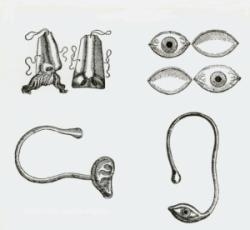
Drawings by Ambroise Paré

Ludwig Müller-Uri
Press and events
L'œil de verre
September 1964. RTS report for the show «Carrefour» in Werner Buckel's workshop.
Watch video (FR)L'artisan qui redonne un regard
September 2016. Le Nouvelliste.
Coup d'œil chez l'oculariste
April 2017. Participation at the European Art Craft Days in Geneva.
Website metiersdart.chA la rencontre d'un artisan d'art de Perly
Official website of Perly-Certoux annoucing our participation at the European Art Craft Days in Geneva.
Website of the commune of Perly-CertouxMétiers d'art et d'avenir
May 2017. Article in Migros Magazine, about the enthusiasts that commit themselves to revive almost forgotten professions.
Read article (FR)Les fées du regard de verre
August 2017. Article in Bon pour la tête, in the «Forgotten professions, jobs with a future» series.
Read article (FR)